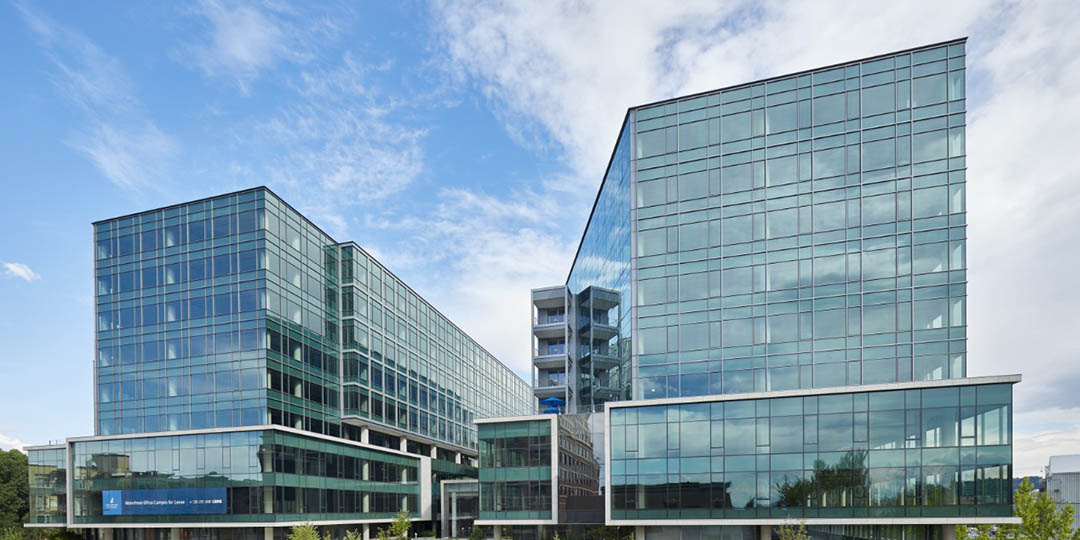
Why Structural Glazing?
Structural Glazing is used extensively in skyscrapers, with glass facades a ubiquitous feature in the financial centres of cities across the globe. It is also being utilised in situations where architects aim to make the most of extraordinary landscapes for the benefit of visitors.
However, structural glazing can also be included in personal homes in a variety of architecturally innovative and visually compelling ways. Glass extensions are being increasingly adopted by homeowners as a way of increasing space and natural light without the frames and limited structural possibilities associated with a traditional conservatory.
Strengthened, laminated glass can also be used in floors, roofs and frameless glass walls. This offers endless opportunities to homeowners and architects to create an open, light atmosphere while still organising internal spaces and providing shelter. As a material, glass can now be applied in the same way as many other building materials when it’s particular properties are taken into account, with architects and engineers continually finding new ways to take advantage of the vast design possibilities that structural glazing presents.
Advantages of Structural Glazing
There are many benefits to using structural glass within a building, and perhaps the most compelling is the increase of natural light in our domestic and professional spaces.
Structural glazing can offer a greater coherence and connection between the real and natural world and our buildings, while still protecting us from the elements. It allows sunlight to flood a home without any attendant annoyances that have previously hampered glass structures, such as overheating and the subsequent loss of heat at night.
Rather than creating a greenhouse-like effect, thermal glass technology exploits the “solar gain” which can make glass spaces too warm to create a stable and comfortable ambient temperature which is maintained throughout variations in weather and the time of day. This is energy efficient enough to result in savings on heating bills, while also enhances the interior environment in a way which makes glass eminently practical as well as aesthetically stunning.
The inclusion of structural glazing also adds an element of modern luxury to any home - and there is a distinct advantage in the fact that glass can complement older and listed buildings in a way that does not compromise any historic value. Frameless glass, in particular, can be added to or within a building without obscuring original features.
